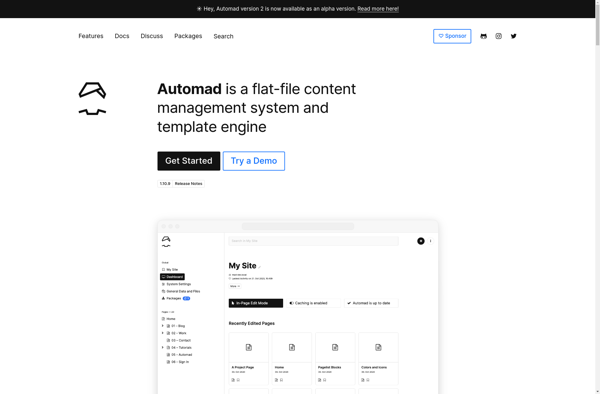Portfolio Websites
Portfolio Websites: Showcase Your Creative Work Online
Portfolio websites allow creatives to showcase their work online in an attractive, organized way. They act as an always-accessible resume to share with potential clients and employers.
What is Portfolio Websites?
A portfolio website is an essential tool for photographers, designers, videographers, and other creative professionals to showcase their best work. More than just an online resume, portfolio sites provide ample visual real estate to display full-resolution images, embedded videos, client logos, testimonials, and other relevant materials not easily conveyed on a standard resume.
Well-designed portfolio websites aim to communicate the quality, style, and personality of the creative's work to potential clients and partners. Site visitors should leave with an immediate understanding of the creator's unique skills and specialties. Unlike general social media profiles, portfolio sites focus entirely on broadcasting the creator's professional brand and talents.
Building an effective portfolio website requires carefully curating content to put one's best work on display. Creatives must select pieces that align with their desired niche and clearly communicate their abilities. In addition to the portfolio itself, it's important for the site to have an attractive, easy-to-navigate interface and strong branding elements like logo, color scheme, and typography that mesh with the creator's aesthetic style.
There are many platforms available for building portfolio websites without needing advanced coding skills. Leading options like Squarespace, Wix, and Cargo offer beautiful templates alongside ample customization and functionality like contact forms, analytics, and search engine optimization. Keeping the portfolio website up-to-date with fresh content and showcasing new abilities is key for creative pros hoping to land their next dream client.
Portfolio Websites Features
Features
- Custom domain support
- Responsive design
- Customizable themes/templates
- Drag and drop builder
- Contact/inquiry forms
- Social media integration
- SEO optimization
- Blog/news section
- Video/multimedia embedding
- Analytics integration
Pricing
- Freemium
- Subscription-Based
Pros
Cons
Official Links
Reviews & Ratings
Login to ReviewThe Best Portfolio Websites Alternatives
Top Photos & Graphics and Portfolio and other similar apps like Portfolio Websites
Here are some alternatives to Portfolio Websites:
Suggest an alternative ❐WordPress
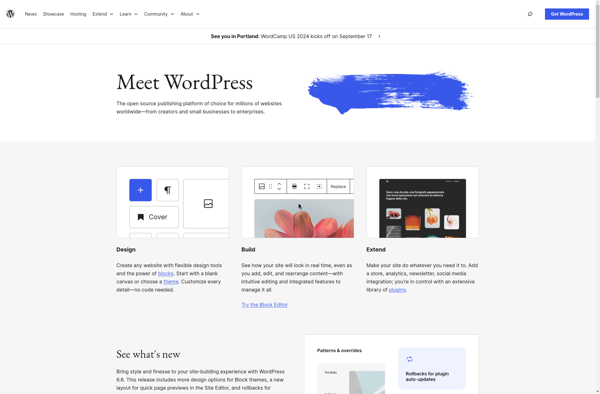
Pixiv
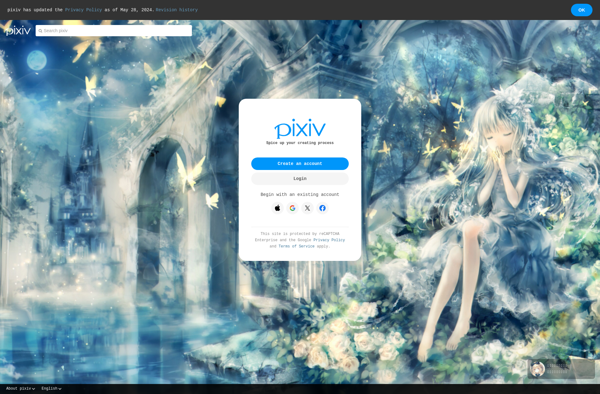
DeviantArt
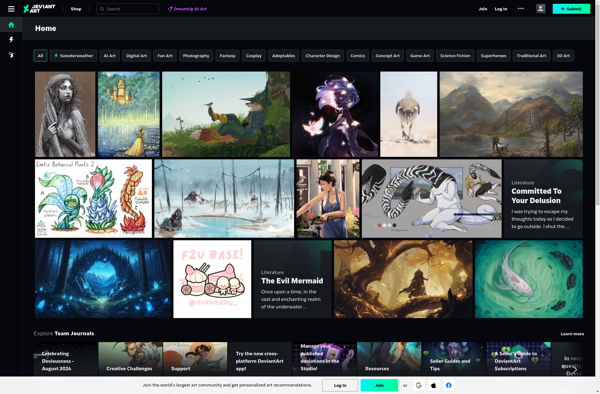
Squarespace
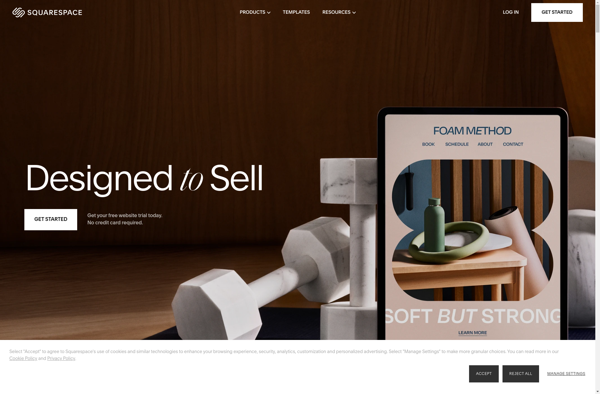
Directus
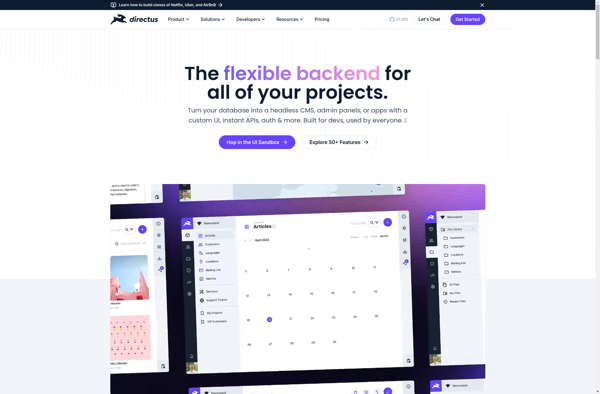
SmugMug
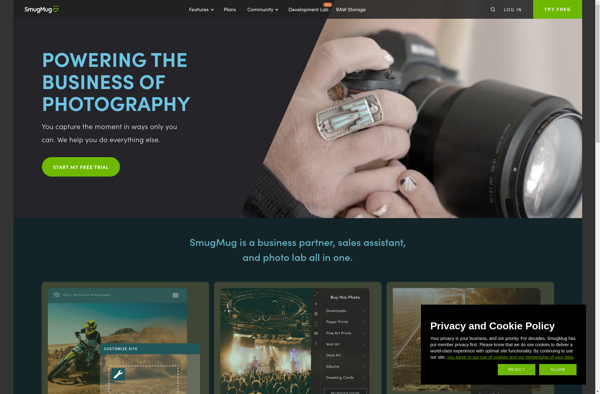
ALLYOU
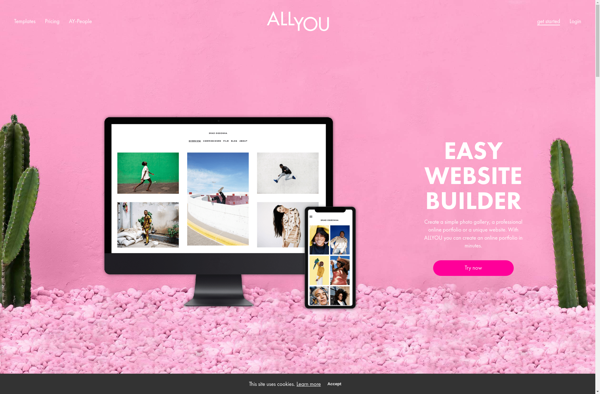
ImpressPages CMS

Kirby
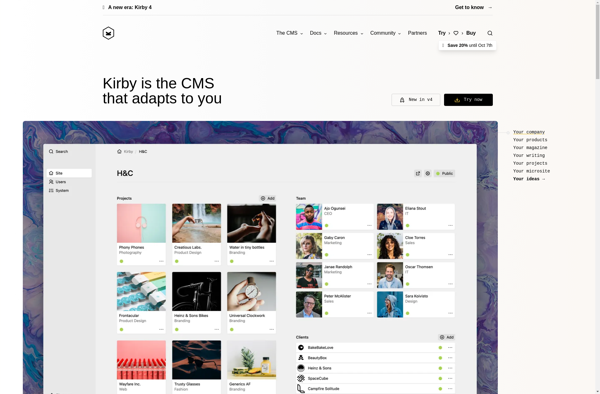
Automad
